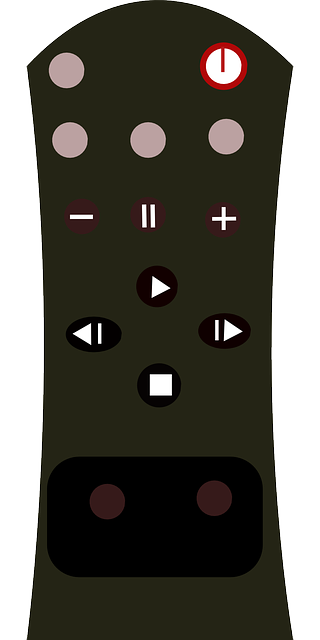Snakes frequently infiltrate Littleton homes due to food sources and suitable habitats, especially in yards with water and dense vegetation. Professional snake removal recommends strategic exclusion barriers like mesh fencing and netting around perimeters to deter them while allowing wildlife passage. Regular inspections, trimming vegetation, and keeping yards clean are best practices for maintaining a snake-free home. In case of intrusion, contact professional snake removal services immediately for safe capture and relocation.
In many residential areas, especially in regions with diverse ecosystems like Littleton, snake encounters near homes are not uncommon. This article guides property owners through effective wildlife control methods, focusing on snake exclusion barriers as a safe and humane solution. We explore the behavior of snakes, their attraction to urban spaces, and provide practical tips for setting up robust barriers. By implementing these strategies, residents can achieve and maintain snake-free living environments while ensuring the well-being of these reptiles. Discover expert advice on snake removal from residential properties in Littleton through these comprehensive guidelines.
- Understanding Snake Behavior and Their Attraction to Residential Areas
- Effective Exclusion Barrier Setups for Snake Control
- Best Practices for Maintaining Safe and Snake-Free Living Spaces in Littleton
Understanding Snake Behavior and Their Attraction to Residential Areas

Snakes are often drawn to residential areas due to their search for food and suitable habitats, which can include lush yards and gardens. Understanding snake behavior is crucial when it comes to effective wildlife control. In the case of snake removal from residential properties in Littleton, professionals know that these reptiles are highly adaptable and may enter homes seeking warmth or shelter, particularly during colder months. They are also attracted to areas with water sources and dense vegetation, which can be common features in suburban gardens.
Residential neighborhoods, with their diverse landscapes and human structures, provide both food sources and hiding places for snakes. Common household items like pet food, bird feeders, and even trash cans can inadvertently attract these slithering visitors. Therefore, implementing exclusion barriers and proper landscaping practices is essential to deterring snakes from entering homes and gardens, ensuring a safer environment for residents in Littleton and surrounding areas.
Effective Exclusion Barrier Setups for Snake Control

Effective Exclusion Barrier Setups for Snake Control are essential for snake removal from residential properties in Littleton. The primary goal is to prevent snakes from entering homes and structures by creating a physical barrier that mimics the natural environment while ensuring their safe removal. One of the most successful methods involves using a combination of mesh fencing and protective netting, strategically placed around the perimeter of the property. This setup should be tight enough to deter snakes from slipping through but fine enough to allow other wildlife to pass harmlessly.
For optimal results, these barriers must be installed by professionals who understand the unique habits and behaviors of local snake species. Regular maintenance is crucial, including inspecting for any damage or gaps that could allow snakes to enter and promptly repairing them. By implementing these exclusion barrier setups, homeowners in Littleton can effectively manage snake populations around their properties while ensuring the safety and well-being of both residents and wildlife.
Best Practices for Maintaining Safe and Snake-Free Living Spaces in Littleton

In Littleton, maintaining a snake-free living space is paramount for resident safety and peace of mind. Best practices for wildlife control begin with exclusion barriers that prevent snakes from entering homes and yards. Regular inspections are crucial to identify potential entry points, such as gaps in foundations, cracks in walls, or openings around utilities. Prompt repair or sealing of these areas can significantly reduce the risk of snake intrusion.
Additionally, keeping vegetation trimmed and structured away from buildings helps eliminate hiding spots for snakes. Sanitation practices, like removing clutter and maintaining a clean yard, further deter these reptiles. If a snake does manage to enter a residential property, professional snake removal services in Littleton should be contacted immediately. Trained experts employ safe, effective methods for snake capture and relocation, ensuring both the safety of residents and the well-being of the serpent.
In conclusion, effective wildlife control, particularly snake removal from residential properties in Littleton, requires a deep understanding of local species behavior and tailored exclusion barrier setups. By implementing best practices outlined in this guide, homeowners can maintain safe, snake-free living spaces while preserving the ecological balance. Regular maintenance and prompt action are key to preventing these slithering visitors from intruding on our urban habitats.
